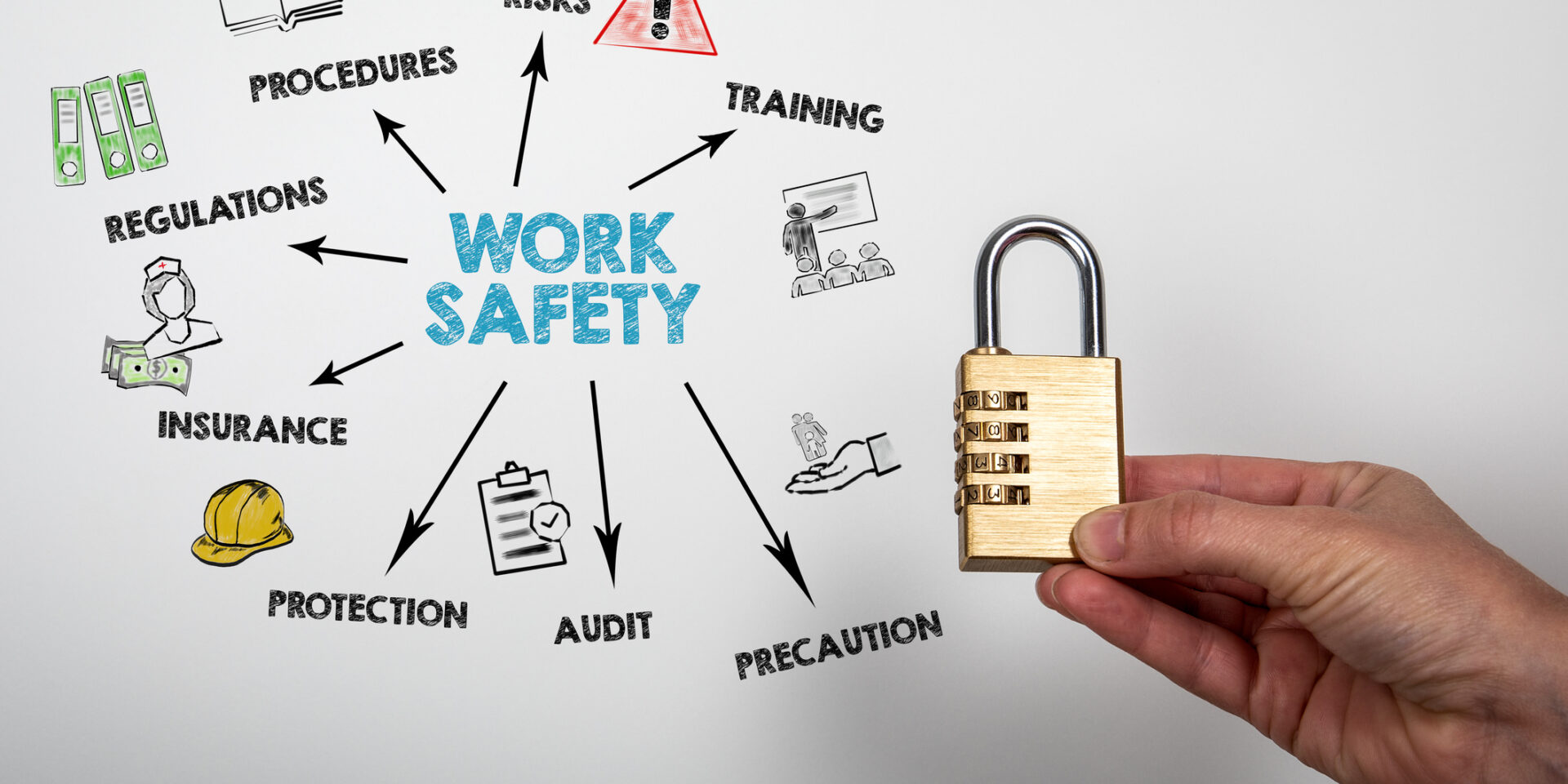(29 CFR 1926) Subpart C – General Safety and Health Provisions
1926.20 General safety and health provisions
(b) Accident prevention responsibilities
(1) It shall be the responsibility of the employer to initiate and maintain such programs as may be necessary to comply with this part.
(2) Such programs [as may be necessary to comply with this part] shall provide for frequent and regular inspections of the job sites, materials, and equipment to be made by competent persons [capable of identifying existing and predictable hazards in the surroundings or working conditions which are unsanitary, hazardous, or dangerous to employees, and who have authorization to take prompt corrective measures to eliminate them] designated by the employers.
(4) The employer shall permit only those employees qualified [one who, by possession of a recognized degree, certificate, or professional standing, or who by extensive knowledge, training, and experience, has successfully demonstrated his ability to solve or resolve problems relating to the subject matter, the work, or the project] by training or experience to operate equipment and machinery.
(f) Compliance duties owed to each employee
(2) Training. Standards in this part requiring training on hazards and related matters, such as standards requiring that employees receive training or that the employer train employees, provide training to employees, or institute or implement a training program, impose a separate compliance duty with respect to each employee covered by the requirement. The employer must train each affected employee in the manner required by the standard, and each failure to train an employee may be considered a separate violation.
1926.21 Safety training and education
(a) General requirements. The Secretary shall, pursuant to section 107(f) of the Act, establish and supervise programs for the education and training of employers and employees in the recognition, avoidance and prevention of unsafe conditions in employments covered by the act.
(b) Employer responsibility.
(1) The employer should avail himself of the safety and health training programs the Secretary provides.
(2) The employer shall instruct each employee in the recognition and avoidance of unsafe conditions and the regulations applicable to his work environment to control or eliminate any hazards or other exposure to illness or injury.
(3) Employees required to handle or use poisons, caustics, and other harmful substances shall be instructed regarding the safe handling and use, and be made aware of the potential hazards, personal hygiene, and personal protective measures required.
(4) In job site areas where harmful plants or animals are present, employees who may be exposed shall be instructed regarding the potential hazards, and how to avoid injury, and the first aid procedures to be used in the event of injury.
(5) Employees required to handle or use flammable liquids, gases, or toxic materials shall be instructed in the safe handling and use of these materials and made aware of the specific requirements contained in subparts D, F, and other applicable subparts of this part.
(6) (i) All employees required to enter into confined or enclosed spaces shall be instructed as to the nature of the hazards involved, the necessary precautions to be taken, and in the use of protective and emergency equipment required. The employer shall comply with any specific regulations that apply to work in dangerous or potentially dangerous areas.
(6) (ii) For purposes of paragraph (b)(6)(i) of this section, confined or enclosed space means any space having a limited means of egress, which is subject to the accumulation of toxic or flammable contaminants or has an oxygen deficient atmosphere. Confined or enclosed spaces include, but are not limited to, storage tanks, process vessels, bins, boilers, ventilation or exhaust ducts, sewers, underground utility vaults, tunnels, pipelines, and open top spaces more than 4 feet in depth, such as pits, tubs, vaults, and vessels.
1926.32 Definitions
(f) “Competent person” means one who is capable of identifying existing and predictable hazards in the surroundings or working conditions which are unsanitary, hazardous, or dangerous to employees, and who has authorization to take prompt corrective measures to eliminate them.
(m) “Qualified” means one who, by possession of a recognized degree, certificate, or professional standing, or who by extensive knowledge, training, and experience, has successfully demonstrated his ability to solve or resolve problems relating to the subject matter, the work, or the project.
1926.35 Employee emergency action plans
(e) Training.
(1) Before implementing the emergency action plan, the employer shall designate and train a sufficient number of persons to assist in the safe and orderly emergency evacuation of employees.
(2) The employer shall review the plan with each employee covered by the plan at the following times:
(i) Initially when the plan is developed,
(ii) Whenever the employee’s responsibilities or designated actions under the plan change, and
(iii) Whenever the plan is changed.
(3) The employer shall review with each employee upon initial assignment those parts of the plan which the employee must know to protect the employee in the event of an emergency. The written plan shall be kept at the workplace and made available for employee review. For those employers with 10 or fewer employees the plan may be communicated orally to employees and the employer need not maintain a written plan.




